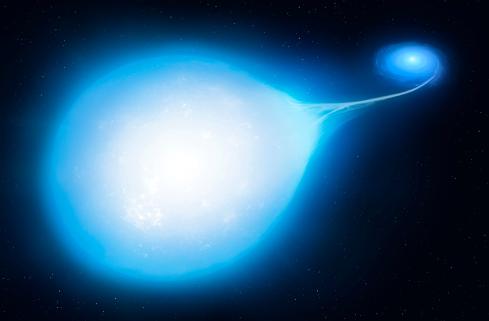
Rare sighting of binary star system heading towards supernova. Astronomers have made the rare sighting of two stars spiralling to their doom by spotting the tell-tale signs of a teardrop-shaped star.
The tragic shape is caused by a massive nearby white dwarf distorting the star with its intense gravity, which will also be the catalyst for an eventual supernova that will consume both. Found by an international team of astronomers and astrophysicists led by the University of Warwick, it is one of only very small number of star systems that has been discovered that will one day see a white dwarf star reignite its core.
New research published by the team today (12 July) in Nature Astronomy confirms that the two stars are in the early stages of a spiral that will likely end in a Type...
Read More








Recent Comments